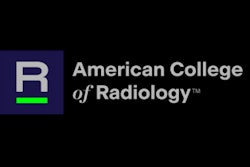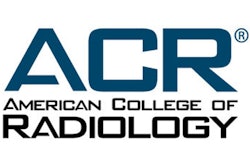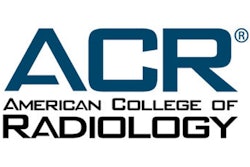The American College of Radiology (ACR), the Radiology Business Management Association (RMBA), and other medical societies have issued a joint statement criticizing new federal guidance related to the No Surprises Act.
The Centers for Medicare and Medicaid Services (CMS) on October 6 issued the new guidance in response to an August ruling that vacated several provisions of the existing No Surprises Act regulations. This was in the case of the Texas Medical Association v. United States Department of Health and Human Services (TMA III).
In the announcement, the departments state that no additional guidance is expected to be provided to health plans about how to calculate qualifying payment amounts (QPAs). This leaves insurers the option to calculate QPAs using their own good faith interpretation of the TMA III ruling and remaining regulations.
“Our organizations are strongly opposed to this newest guidance, which further broadens the already significant discretion health plans had on how they may calculate qualifying payment amounts (QPAs) under the No Surprises Act’s original implementation,” according to the joint statement by the medical societies.
The societies also expressed concern with the departments stating they will provide “very limited” enforcement for health plans on QPA calculation issues until mid-to-late 2024. They cited “already lax” enforcement of insurer compliance with the No Surprises Act’s requirements. This includes plans that “seemingly” allow for delayed payment or nonpayment to physicians following an independent dispute resolution ruling with no consequences.
The societies also expressed in their joint statement that the departments are providing no instructions to certified informal dispute resolution entities on how to evaluate QPAs that are calculated based on the methodology that was invalidated by the district court decision. They stated that these will lead to more burden on the resolution process as providers try to resolve low payments from insurers.
“We ask that the departments immediately re-consider this decision and promptly issue specific guidance on health plan obligations to calculate QPAs in line with the federal district court ruling and issue additional instructions to certified informal dispute resolution entities on how to evaluate QPAs that are based on an invalidated methodology,” the societies stated.
Finally, the societies expressed concern about the partial reopening of the federal independent dispute resolution portal. While they applauded the decision for single determinations for eligible disputes being now permitted with the new guidance, they pointed out that batched determinations continue to be in a holding pattern.
Without improved guidance on batching, costs for physician practices will increase due to lack of administrative efficiencies, while also causing the current backlog of unresolved disputes to continue to grow, according to the joint statement.
“We urge the departments to quickly re-open the portal to batched determinations and concurrently provide effective guidance to all affected parties,” the societies stated.
The other societies that participated in the joint statement include the American College of Emergency Physicians, the American Society of Anesthesiologists, and the Emergency Department Practice Management Association.



















